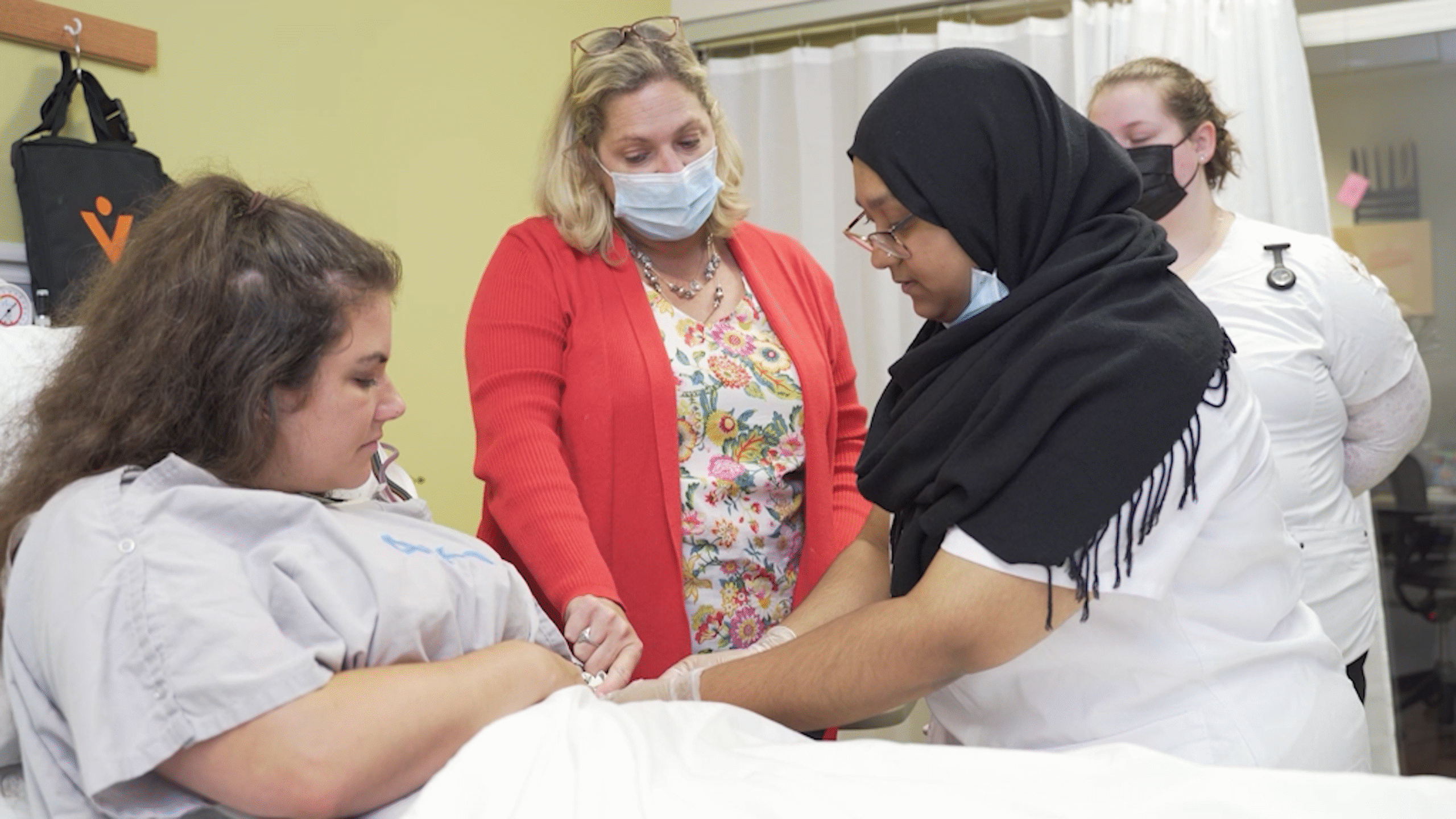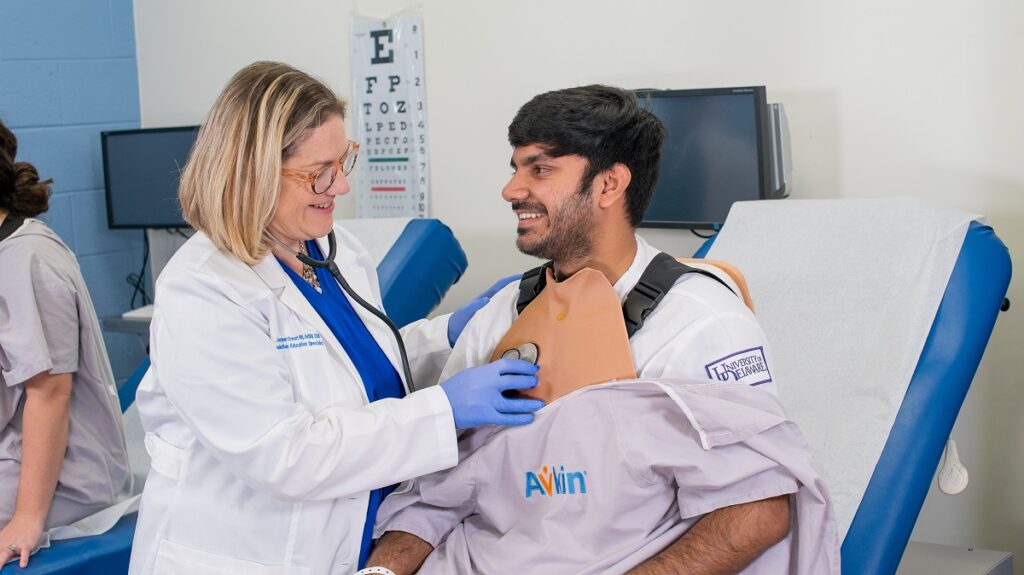Creating a Psychologically Safe Simulation Environment

Psychological safety must be prevalent throughout the entire simulation process. To create a psychologically safe environment in simulation, there is not simply a checkbox that you need to accomplish, but a mindset to have throughout the hiring, training, and performing process.
First to be tackled is the concept of Too Close to Home. Too Close to Home is any simulation that the SP has negative personal experiences with or has negative emotions that will not end after simulation. This can manifest itself in multiple different ways. The SP could have a personal diagnosis or closed loved one that has/had the same or similar affliction to the one in simulation. For example, if the simulation pertains to cancer and the SP has had a negative experience with a family member having cancer. They are no longer psychologically safe to do that simulation.
This is also true if the SP is taking the character home with them. If they cannot shake off a character they should not be playing that character. This tends to happen to characters that are very heavy or discuss very disturbing or serious topics. The SP should always be able to shed the character at the end of the day.

The interviewer must ask all SPs if they have any roles that are Too Close to Home. This allows the instructor to gauge what simulations are appropriate for the SP while laying the groundwork for psychological safety. The SP does not have to explain the reason why they cannot do that simulation, but simply that they cannot do the simulation. It is the SP advocate’s job to make sure that the SP does not get scheduled for any of the simulations they said they were uncomfortable with. This is most helpful when there is a form. (electronic or paper) that has all the simulations and their primary triggering content. For example: Amanda Grey (Depression), Lawrence Matthews (Sexual Assault, Alcoholism), Hailey Richards (Religion, Miscarriage)…etc. This allows for the scheduler to check off any “cannot perform” roles for all SPs.
A safe word must be established before the SP enters into simulation or dress rehearsal. The safe word allows for the SP to stop the simulation at any time if they feel unsafe emotionally or physically and must be the same across all simulations and all SPs; therefore, it should be a word that could not be found in any simulation (Ex: road cone, pineapple, code bravo). You do not want to use words that could be found in simulation (Ex: red or stop).
Provide the SPs with an overview of the simulation that includes potentially triggering information. This transparency then allows the SP to opt in or out. It is hard to know exactly what will be discussed because the conversation is improvised, but giving the SP as much information on possible topics beforehand will allow them to make a more informed decision if they need to opt out.
During the dress rehearsal new feelings or issues could arise that the SP did not originally think would be a problem. This is completely normal because what is in our heads versus actually performing it with our bodies is very different. Theater is one of the only art forms that lives within your body and due to that it is hard to know exactly what will trigger the actor until it is performed. This will also help your SPs see what are potential conversation pieces in specific simulations.
During simulation, the SP can hit the safety button on their Avband. This allows for the facilitator to stop the simulation rather than the SP breaking character by saying a safe word. The safety button provides an additional level of comfort to the SP, knowing that the facilitator can intervene and stop the simulation at any time.
Provide SPs with a time to debrief/deroll. In the periods between sessions make sure you interact with the SPs. Some SPs simply need 2 minutes in between simulation for the SP to get out of character and be themselves and talk to someone else. This also gives the coordinator a chance to tell them that the next person in the room is going to be the student. Overall it allows for better communication and remains as a good check in point for the SPs psychological safety.
Do not shy away from hard questions such as: “What went wrong?”, “What made you uncomfortable?”, and “Did anything unexpected happen?”. These questions require an answer with substance rather than asking, “Did it go well?”. Asking questions that require an answer will produce more fruitful responses. With the answers you gain from these questions you can better prepare your SPs next semester as well as improving the clarity of your simulation.
Taking these steps will create a psychologically safe environment throughout the entire simulation process. SPs are in a unique position that requires attention. Their safety is not something to be taken lightly. And when you sign up to do SP simulation they now fall into your care and responsibility.













